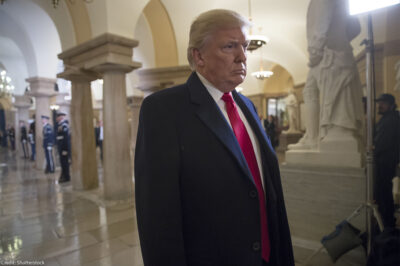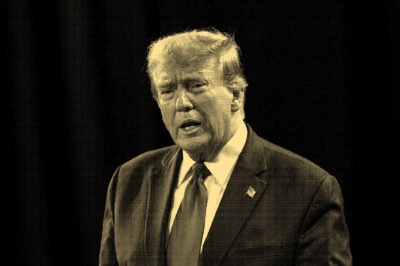third of three entries
The Senate's treatment of John Roberts' prior nominations reveals some of the institutional difficulties the political branches have struggled with serving as a check on the independent judicial branch of our federal government.
For the past few decades in particular, since the defeat by filibuster of Justice Abe Fortas, LBJ's nominee for chief justice, the confirmation process has seen numerous substantive and procedural battles.
The intersection of the political branches with this dispassionate and impartial judicial branch has often been a passage rife with friction, dating back to George Washington's chief justice nominee Justice John Rutledge, who was defeated based in part on a speech he'd given criticizing the Jay treaty favored by Senate Federalists.
More than two centuries later, the meaning of the Constitution's "advice and consent" clause still remains the subject of great dispute, over both rules and substance. What follows represents one person's up-close observations of some of these confirmation debates.
In early 2003 the Senate leadership signaled its commitment to the Roberts nomination by putting him on the first Senate Judiciary Committee hearing of 2003. Roberts was one of three at the time
In the 15 years prior to that hearing, there had never been a confirmation hearing for three controversial appellate nominees at one time. That was because there was a long-standing written agreement between Senators Thurmond and Biden and the majority and minority leaders to allow only one controversial nominee per hearing that had been in effect since 1986. In January 2003, the leadership scheduled Roberts for a hearing along with two other controversial appellate nominees, Jeffrey Sutton and Carolyn Kuhl. Sutton was considered the premier advocate in Supreme Court cases to prevent federal courts from hearing discrimination claims against state employers, a position he advanced as the head of the Federalist Society's federalism practice group. Judge Kuhl, Roberts' former colleague at the epicenter of the Bob Jones case, had become a state court judge w ho had taken some heat for her decisions including one regarding the scope of privacy rights for breast cancer patients.
Several senators protested this scheduling, noting the long-standing agreement and the desire to have sufficient time to question each nominee. Democratic senators decided to focus on the three appellate nominees on the hearing one at a time, starting with Sutton, and asked in writing for additional hearings for the other two. The request was rebuffed.
The day Roberts was reported out of the Judiciary Committee, every member in the minority stood together in opposing a vote. But Roberts' nomination was reported out of the Committee, despite the language in Rule IV of that Committee, honored for its entire 24 year history, stating that to force a vote on any matter at least one member of the minority party must agree to a vote. There was no such agreement on Roberts.
In the discussions that followed the reporting out of the Roberts nomination, the Senate leadership agreed to reinstate Rule IV and give Roberts a second hearing, and the minority agreed to promise him a vote, even though the prior president's last two nominees to the DC circuit (Allen Snyder, a big firm partner who clerked for Rehnquist, and Elena Kagan, a White House advisor who would go on to be the first woman to serve as the Dean of Harvard Law School) had not gotten a vote in committee or on the Senate floor.
At the second Roberts hearing, Senators noted that the rule was reinstated, but what garnered press coverage was the heated exchange between Chairman Hatch and Senator Schumer about the questions Roberts was being asked.
With the agreement, and with other judicial nominees being filibustered, Roberts was given a confirmation vote. He did not get a recorded vote, however, due to his controversial work in the Reagan and first Bush administrations. He was approved by a unanimous consent agreement where the majority and minority leader agree to approve a nomination or bill without a vote.
Almost two years after Roberts' confirmation, he was tapped by President Bush for the Supreme Court. The day it happened I received several calls from former colleagues reminding me that I had predicted that Roberts would be elevated to the Supreme Court, a prediction I had not forgotten.




